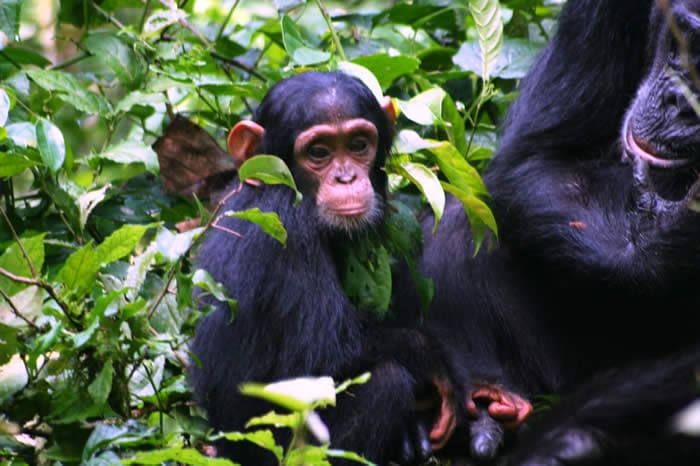
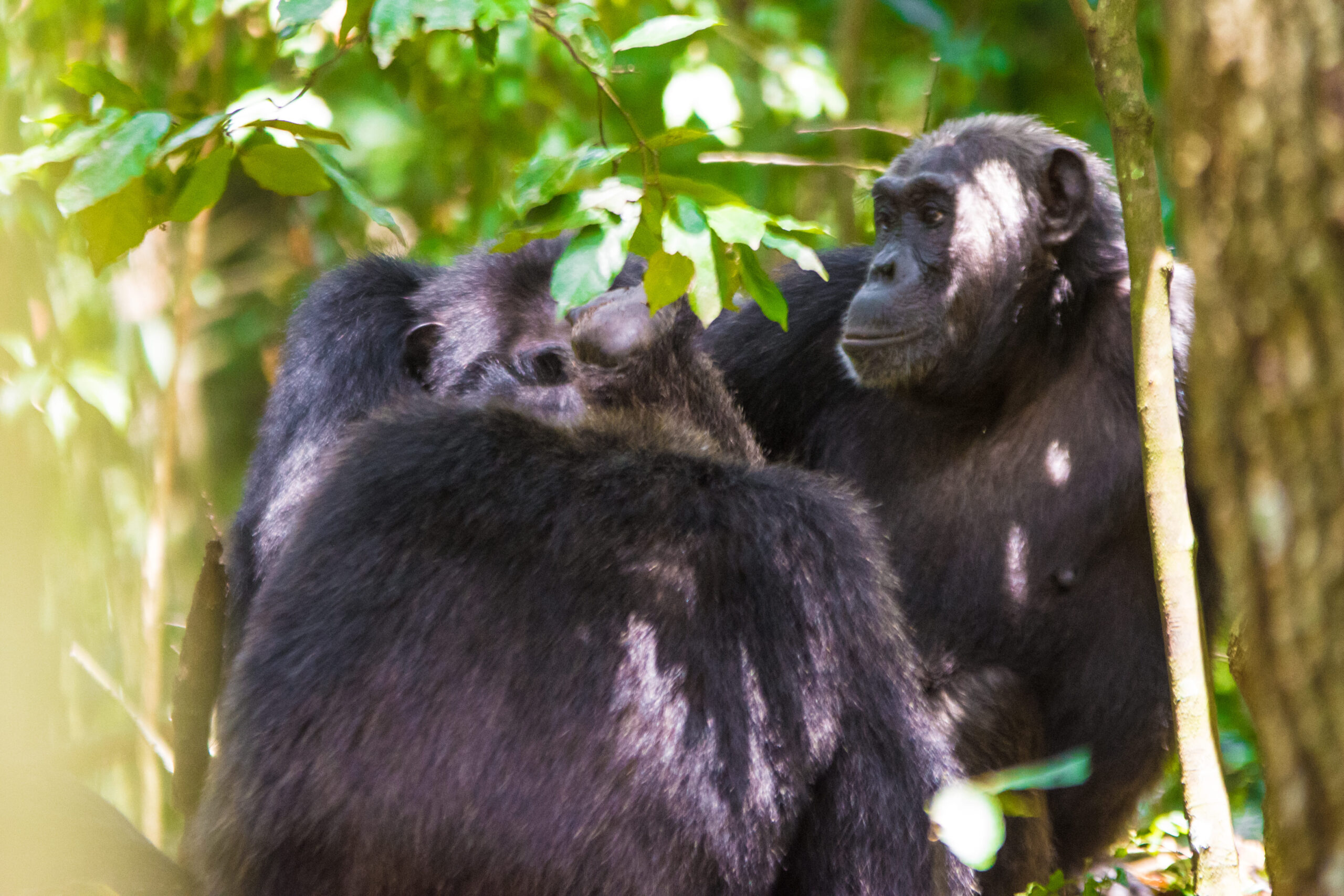
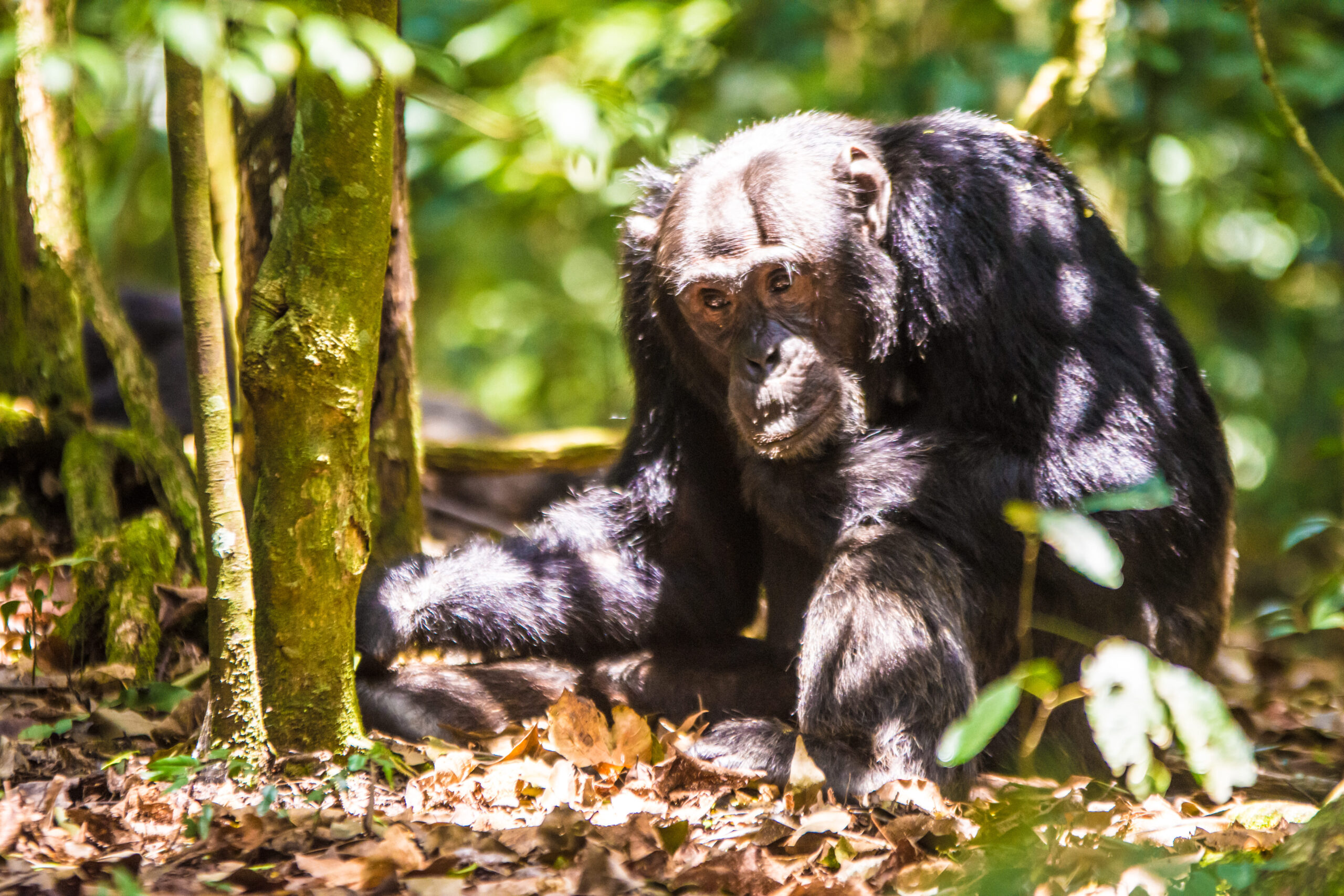
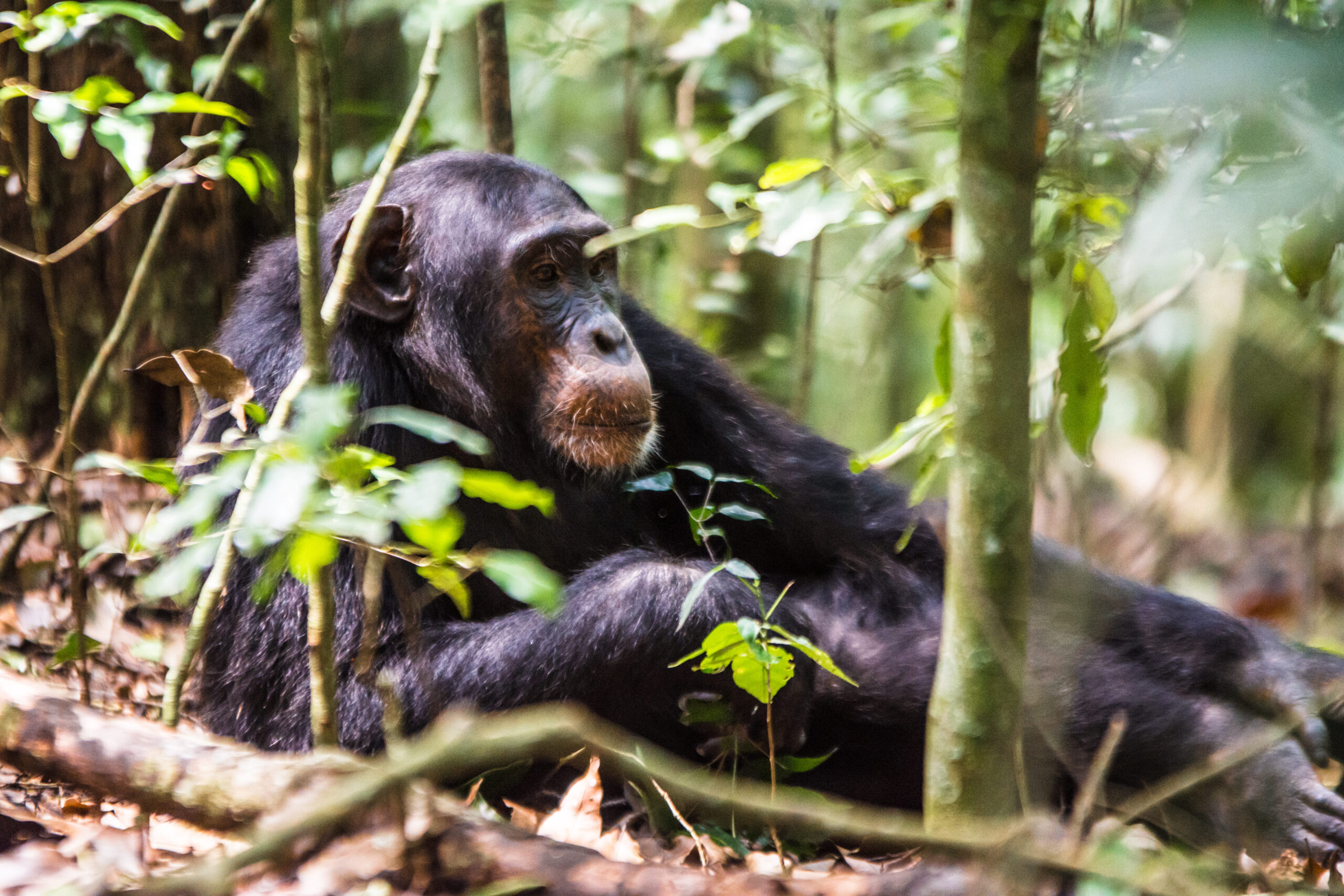
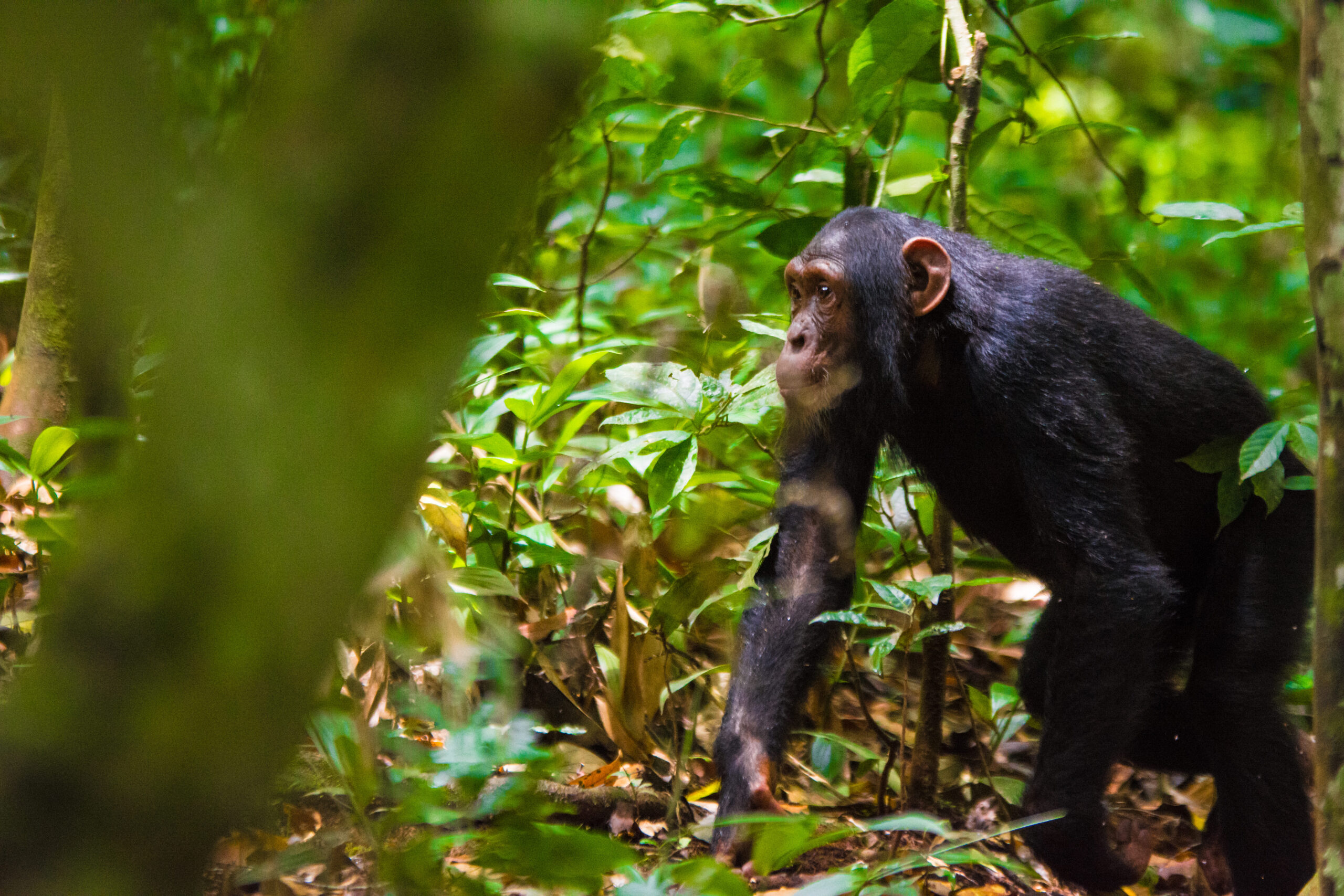
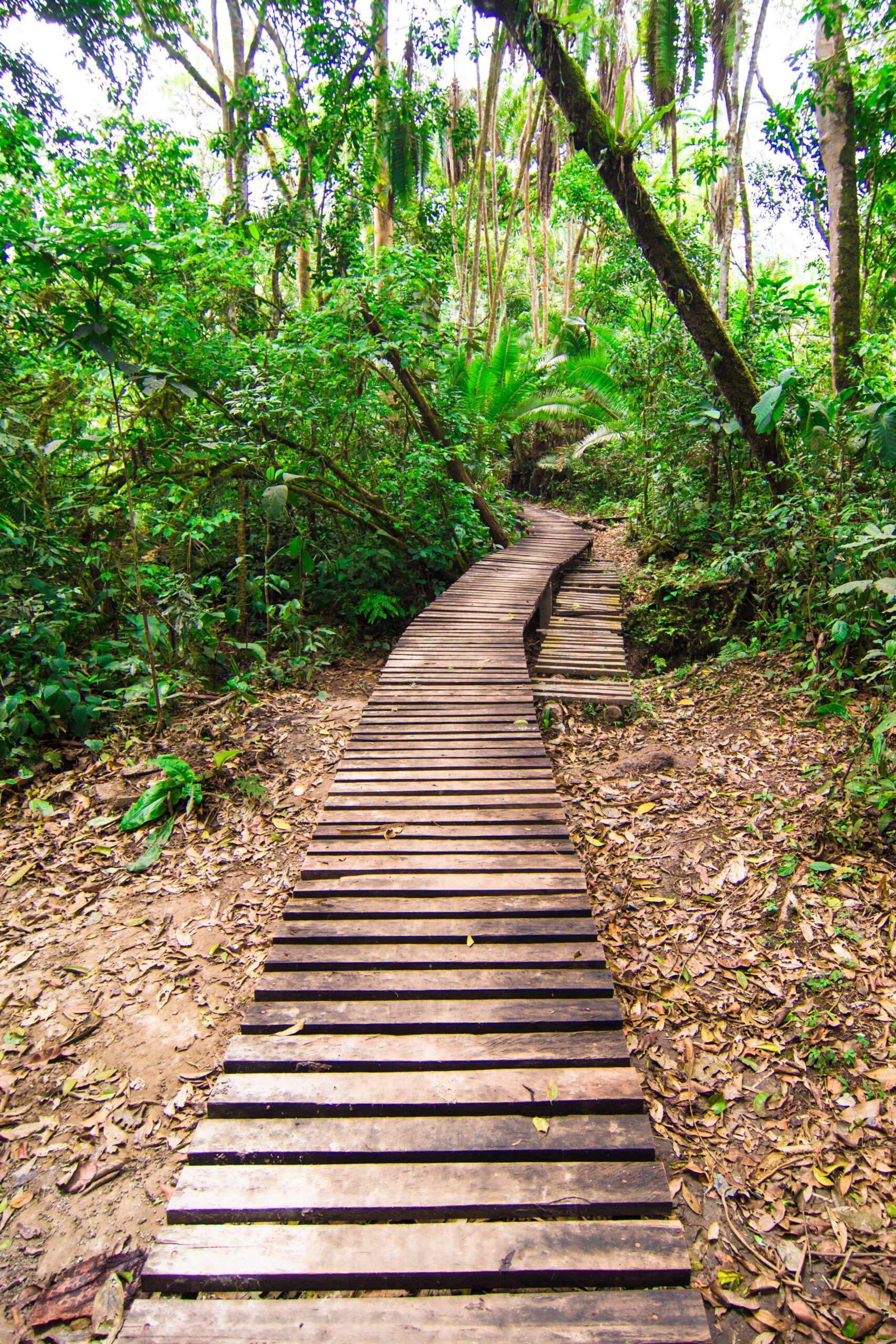


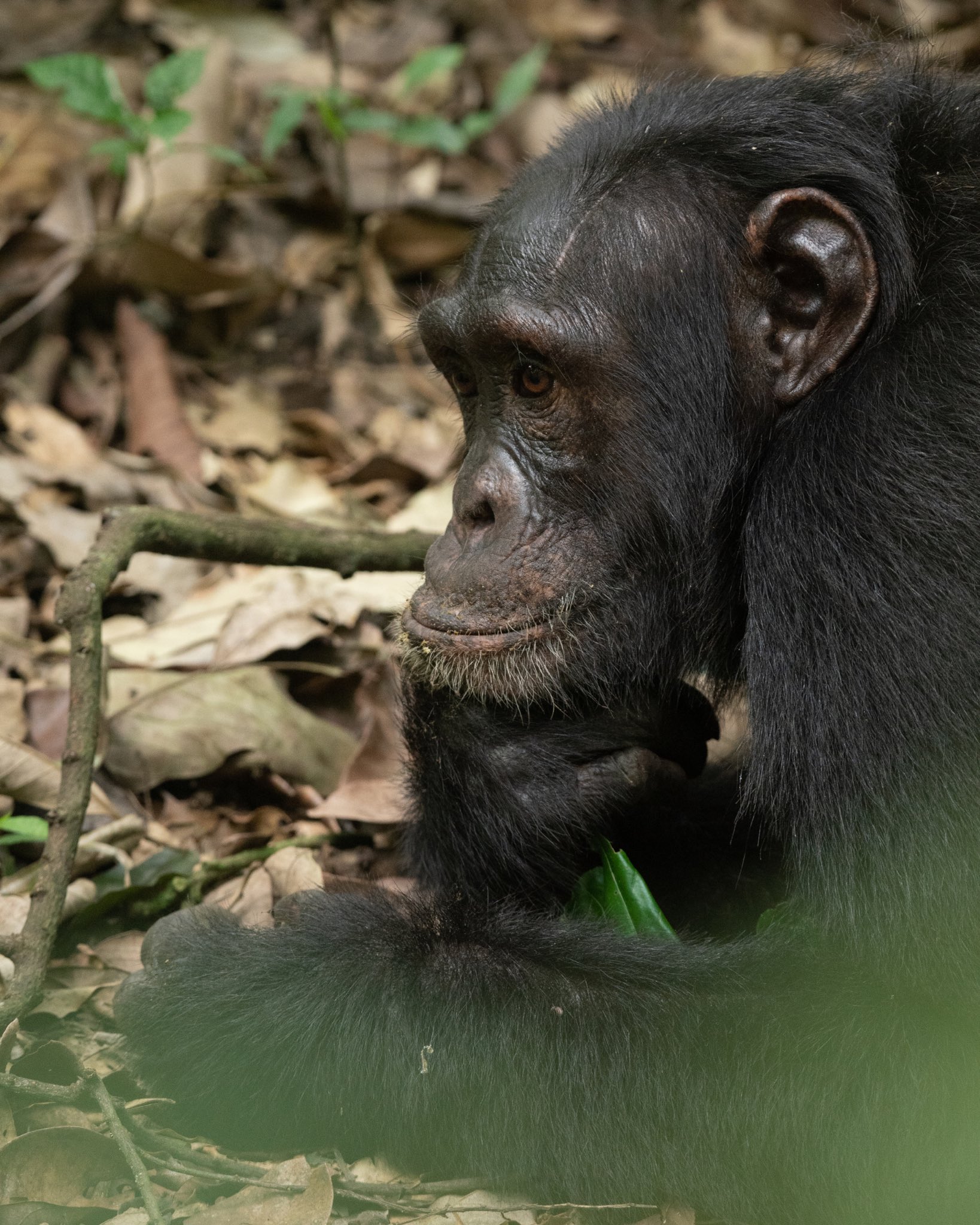

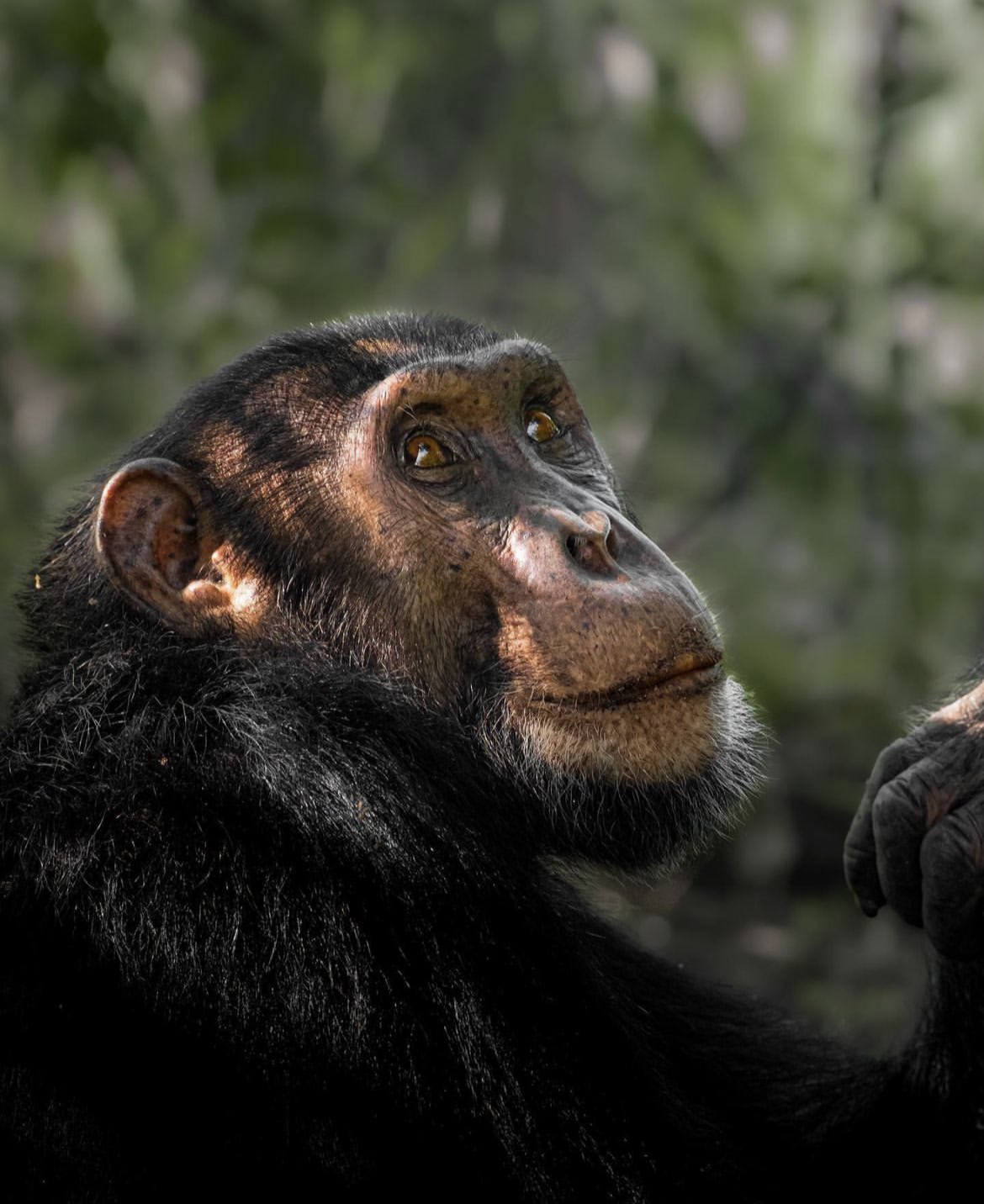
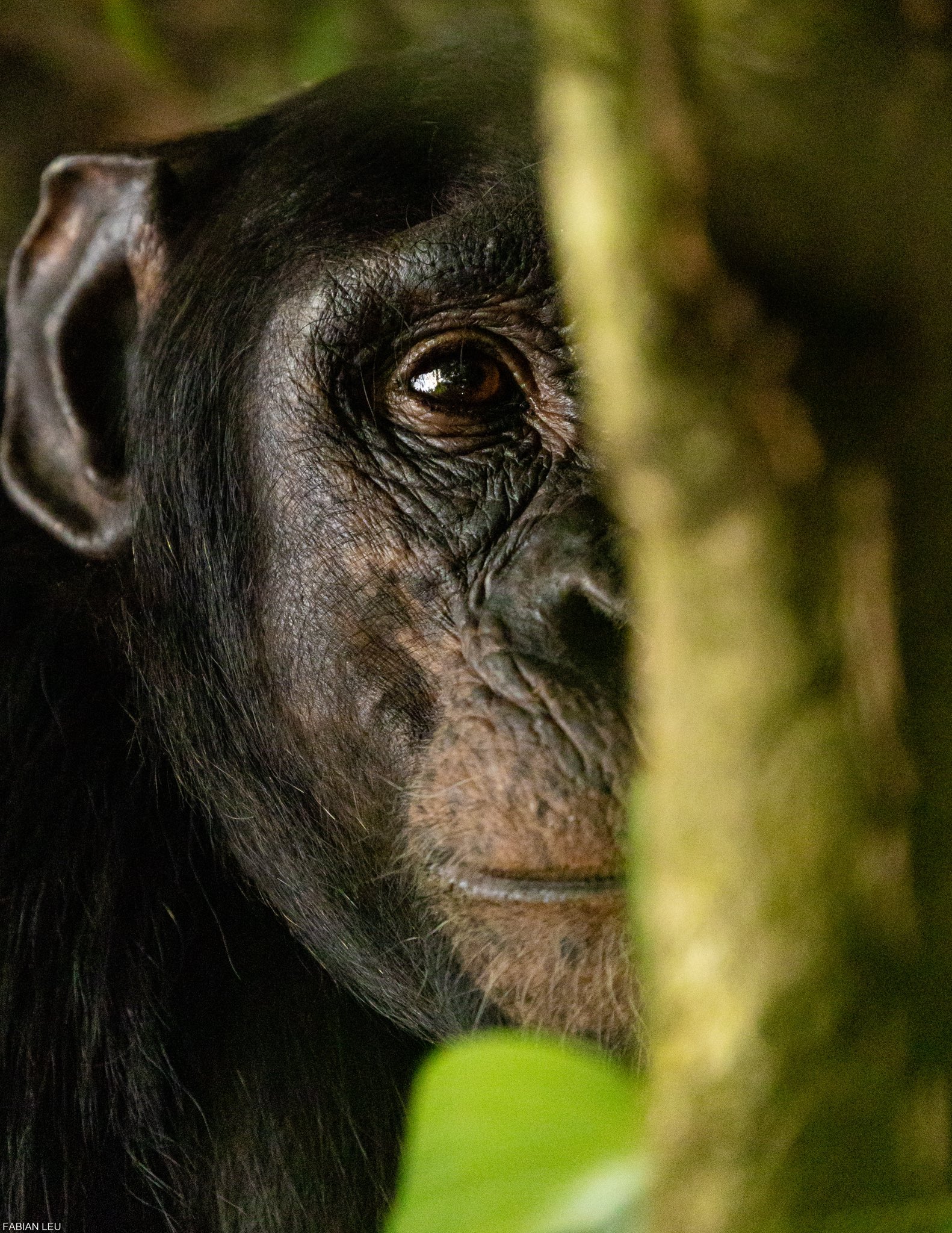
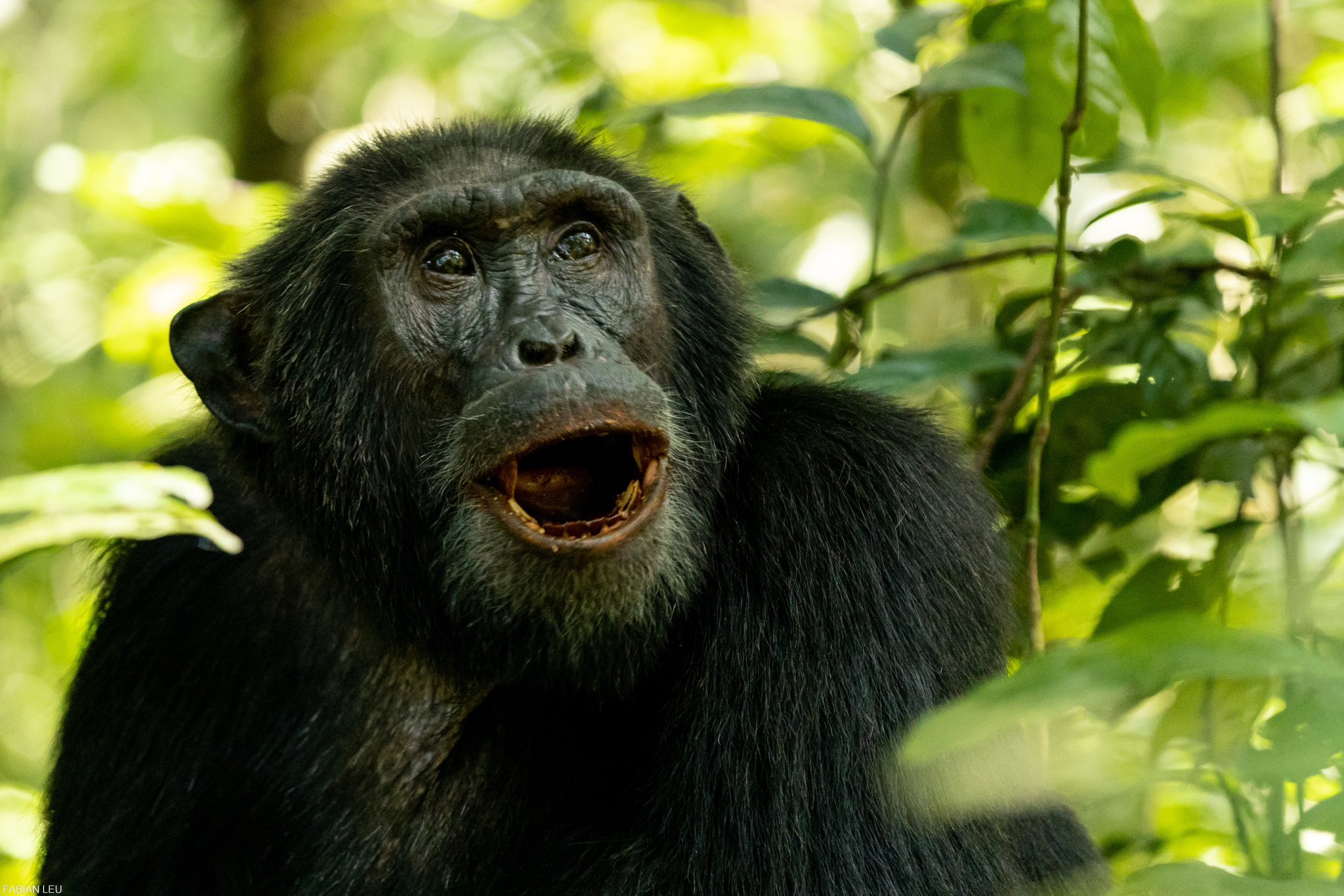
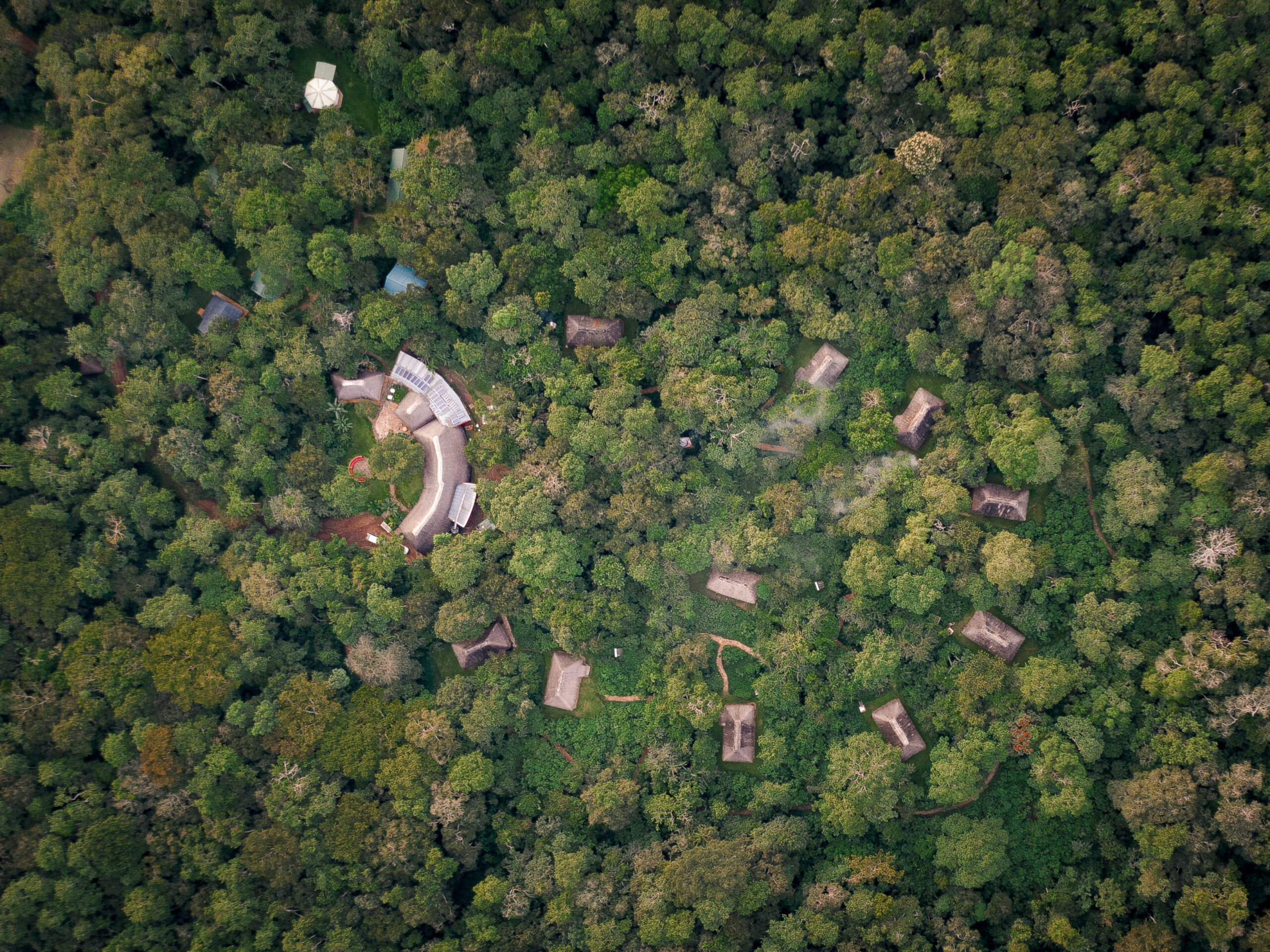
Highlights
Kibale National Park is located in the districts of Kabarole and Kamwenge, approximately 320 kilometres (200 miles), by road, west of Kampala, Uganda’s capital and largest city.
It is 766 km2 in size and is located between 1,100 and 1,600 meters in elevation. Despite encompassing primarily moist evergreen forest, it contains a diverse array of landscapes. Kibale is one of the last remaining expanses to contain both lowland and montane forests in East Africa.
Kibale Forest National Park has one of the highest diversity and concentration of primates in Africa and rightly known as the ‘Primate Capital of the World’. There are 13 species of primates in Kibale National Park in total and the park protects several well-studied, habituated communities of Common Chimpanzee, as well as several species of Central African monkey including the Uganda Mangabey (Lophocebus ugandae), the Ugandan Red Colobus (Procolobus tephrosceles) and the L’Hoest’s Monkey (Cercopithecus lhoesti). Other primates that are found in the park include the Black and White Colobus (Colobus satanas), the Red-tailed Monkey (Cercopithecus ascanius) and the Blue Monkey (Cercopithecus mitis). The park’s population of elephants travels between the park and Queen Elizabeth National Park. Other terrestrial mammals that are found within Kibale National Park include red and blue duikers, bushpigs, warthogs, leopards and buffalo. In addition, lions occasionally visit Kibale Forest National Park, although this would be a very rare sighting!
Bird life is also prolific, boasting 325 sited species of birds, including the Olive Long-tailed Cuckoo, Western Green Tinkerbird, two species of Pittas (African and Green-breasted) and the African Grey Parrot. There are four species of birds which are endemic to Kibale Forest National Park and which can’t be seen in any other park in Uganda, and these are the Blue-headed Bee-Eater, Cassin’s Spinetail, Masked Apalis and Nahan’s Francolin.
Kibale Forest National Park adjoins Queen Elizabeth National Park to the south to create a 180km-long corridor for wildlife travelling between Ishasha, the remote southern sector of Queen Elizabeth National Park, and Sebitoli in the north of Kibale National Park.
Additionally guided walks can be arranged according to itineraries, time available and how much energy you have left after tracking the chimpanzees!
